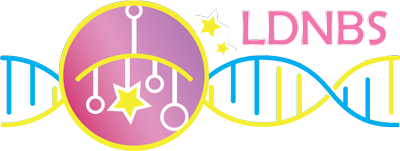Connect with Us
The Leukodystrophy Newborn Screening Action Network is dedicated to :
- Advancing Newborn Screening for leukodystrophies and lysosomal storage disorders by building relationships with stakeholders, increasing awareness, and educating parent advocates;
- Supporting newly-diagnosed families by acknowledging the trauma of diagnosis and working to improve the current psychosocial support system for the future;
- Encouraging collaboration, coordinating efforts, and removing barriers between industry, advocacy groups, and parent advocates to ensure that families have access to the best, unbiased, accurate information about clinical trials and available treatments for their child.
We do not believe in wasting time and resources by starting from scratch with each new disorder. Instead, we want to build partnerships across the dozens of leukodystrophy groups so we can work together, coordinate our efforts, share resources and information, and advance the goal of newborn screening for our entire family of disorders around the world.

